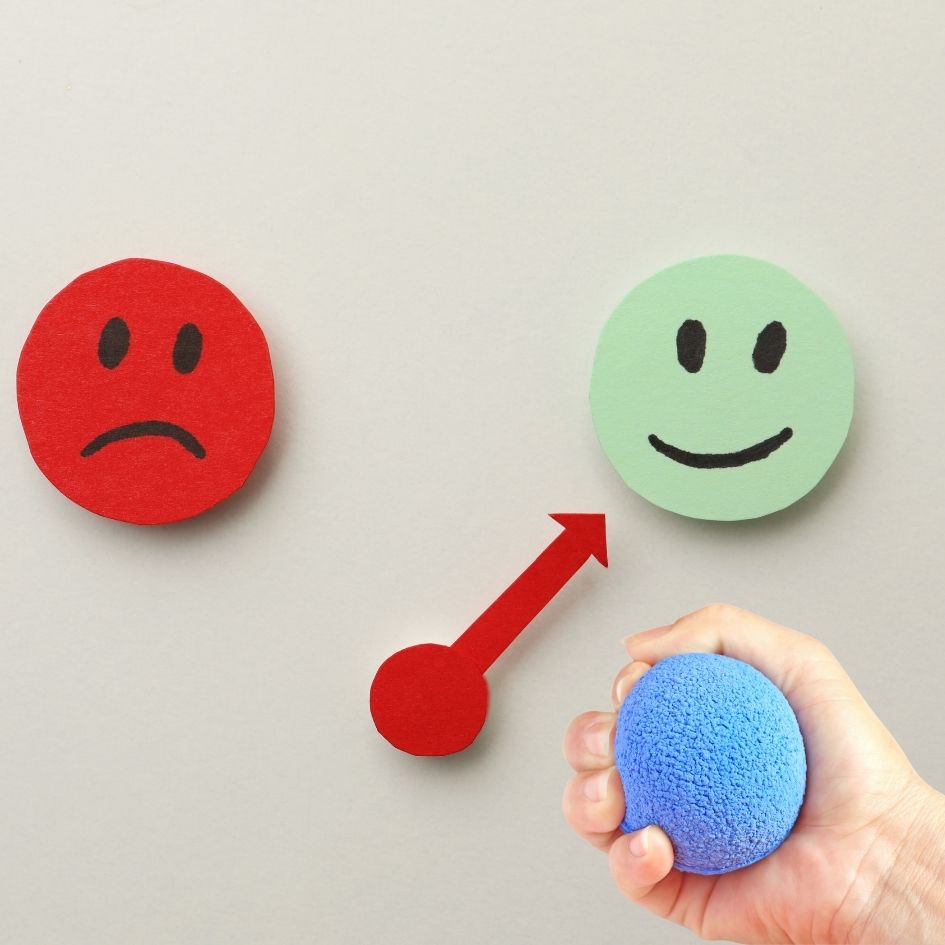
The Science Behind Fidgeting as a Stress Reliever
Share
Introduction
Fidgeting, often seen as a sign of nervousness or lack of focus, has been found to have significant benefits in managing stress and improving concentration. This article explores the science behind why fidgeting can be an effective stress reliever.
How Fidgeting Works
Fidgeting involves small, repetitive movements, such as tapping fingers, clicking pens, or playing with fidget toys. These actions help occupy parts of the brain that would otherwise be fixated on stressful thoughts, providing a mental break.
Sensory Stimulation
Fidgeting provides sensory stimulation, which can help calm the nervous system. The tactile sensation from fidget toys or other objects can have a soothing effect, reducing anxiety and promoting relaxation.
Improving Focus and Concentration
Research has shown that fidgeting can help improve focus and concentration, especially in individuals with ADHD. By keeping the hands busy, the mind can better concentrate on tasks at hand, improving productivity and efficiency.
Real-Life Applications
Many people use fidgeting techniques to manage stress in their daily lives. From students in classrooms to professionals in meetings, fidget toys have become popular tools for maintaining focus and reducing anxiety.
Conclusion
The science behind fidgeting shows that these small movements can play a significant role in managing stress and improving concentration. Incorporating fidgeting tools into daily routines can provide a simple yet effective way to enhance well-being and productivity.
